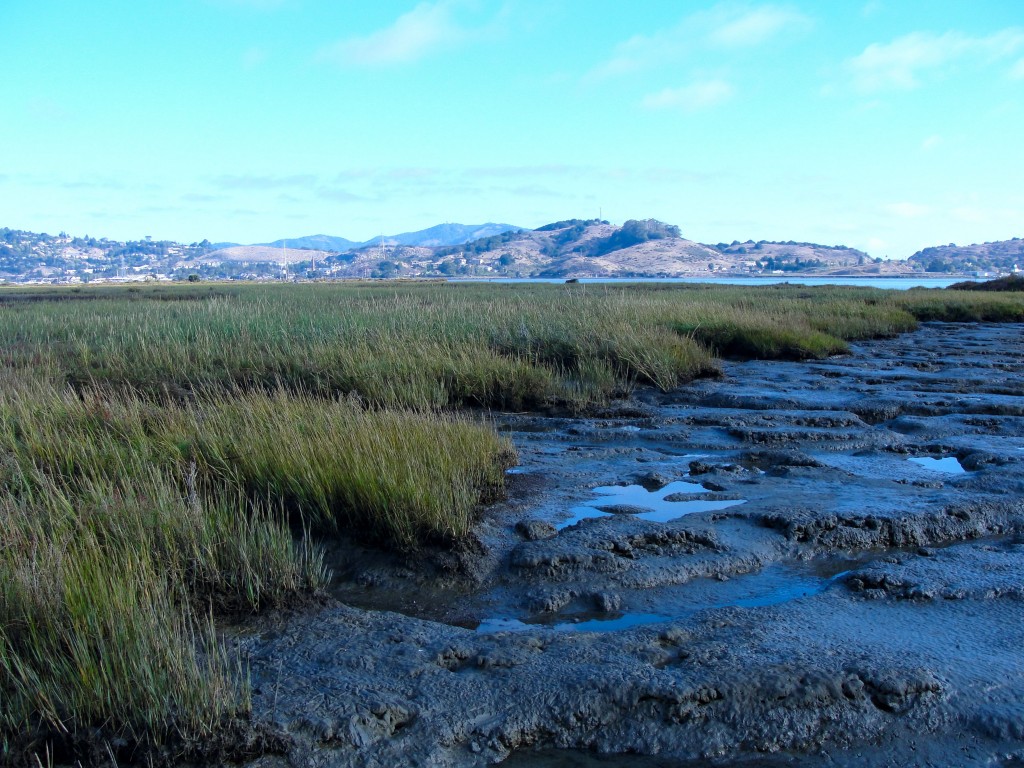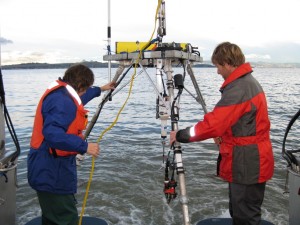
Photo credit: John Callaway
Proactive management measures are needed to help baylands keep pace with sea level rise and avoid drowning, enabling them to continue to provide key ecosystem services such as flood risk reduction. This project is the culmination of numerous scientific studies, and serves as a guide for managers, planners, regulators, funders, and decision makers on the kinds of information and process that can be used to develop nature-based solutions to improve shoreline resilience.
Wave attenuation and its sensitivity to sea level rise were investigated at the mudflats and marshes in Corte Madera Baylands to inform how flood risk reduction benefits provided by the baylands will change. This analysis showed the need for proactive management of these baylands to preserve these benefits.
To demonstrate the information and process that can be used to develop and select management measures, a conceptual sea level rise adaptation strategy was crafted for tidal marshes in the Corte Madera Baylands. The objective of the strategy was to preserve ecosystem services, primarily flood risk reduction benefits, by maintaining high, wide marshes over time.
Lessons learned in developing this strategy and studying wave attenuation at Corte Madera Baylands can be applied throughout the region as the challenges of accelerating sea level rise rates and declining sediment supply are generally similar across the Bay.
Project Status
After completing the project in 2013, staff communicated findings in presentations at local, regional, state, and international forums and continues to leverage materials in ongoing adaptation studies as interest in nature-based solutions continues to grow.
Findings and Materials
Corte Madera Baylands Conceptual Sea Level Rise Adaptation Strategy: Overview ![]() and Report
and Report ![]()
Project Partners
This project was initiated and led by the San Francisco Bay Conservation and Development Commission (BCDC), and was supported with funding from the San Francisco Estuary Partnership through a Resilient Watersheds for a Changing Climate grant of the San Francisco Bay Water Quality Improvement Fund from the U.S. Environmental Protection Agency, and by generous contributions of research partners including U.S. Geological Survey, UNESCO-IHE, University of San Francisco, and Marin County.

For more information:
- Todd Hallenbeck
- Todd.Hallenbeck@bcdc.ca.gov
- 415-352-3667
